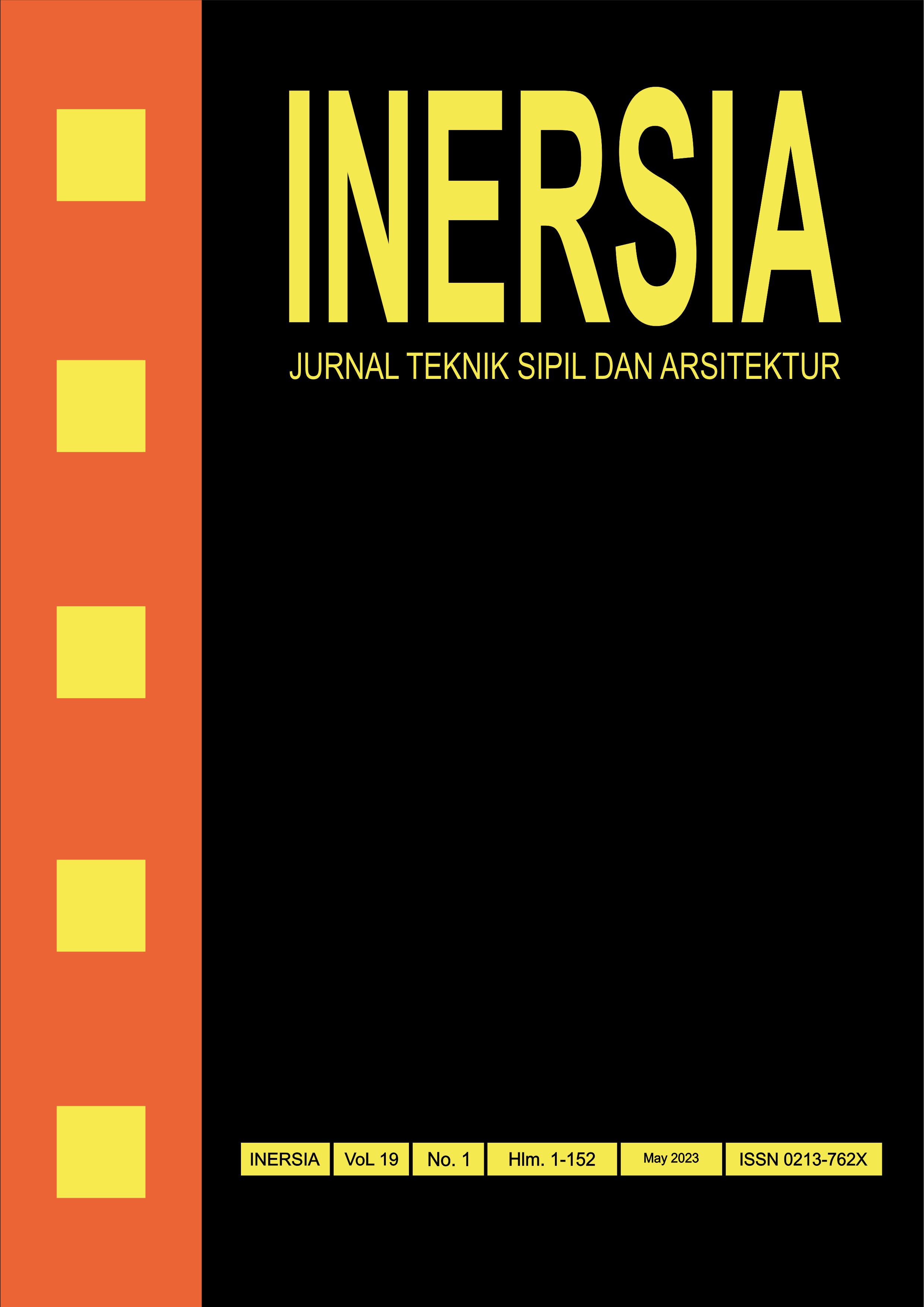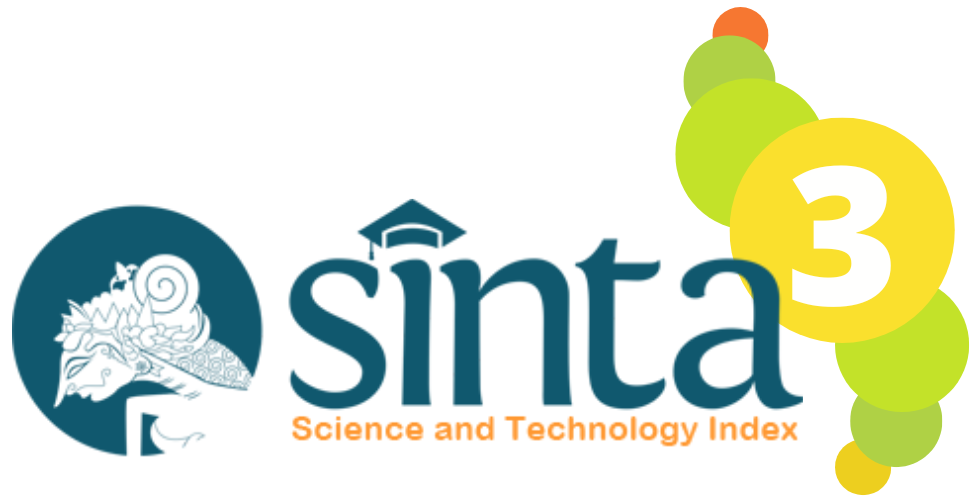Development of Cloud Point Data Processing Program for 3D BIM and 2D Cross Section Needs
DOI:
https://doi.org/10.21831/inersia.v19i1.54210Keywords:
LiDAR Scanner, Point Cloud, Surface 3D, Library Python, Script CodeAbstract
The need for technological developments is needed to facilitate performance, accuracy, and effectiveness of work, especially in the field of civil engineering, is needed. With the emergence of innovative LiDAR (Light Detection and Ranging) technology scanners that are popularly used for 3D printing, developed into LiDAR Scanners for real field scanning. The result of using a LiDAR Scanner is in the form of point cloud data in a certain format, with a large enough memory. The purpose of this research is to use field point cloud data as 3D BIM data and then form a cross-section of the object. For this purpose, a special program is needed that functions to process cloud point data complexly, and is easy to use to change the shape of cloud point data to 3D data surface and 2D cross sections. The method used in this study is by creating a special program to process data point clouds using script code with the python language and several data point cloud processing libraries. In the program, 2 sub-menus will be created with certain functions: 1) Point Cloud (voxel downsampling, outlier reduction, normalize); 2) 3D model (ball pivoting/poisson surface, reduce vertex, slice mesh, transform mesh). In each data processing, the created program can only process on a specific file format; for point cloud processing in .xyz, .xyzn, .xyzrgb, .pts, .ply, .pcd formats; while for 3D data processing models are in .ply, .stl, .obj, .off , .gltf/glb format. The result of data processing using the created program can be a 3D surface with .ply /.obj format, and for cross-section generated 2D data with .jpg / .png format, and can be in the form of .dxf data for Autocad software. 3D surface data can be used as BIM data, while 2D cross-section data can be used as built 2D.
References
Mansor, H., Shukor, S. A. A., & Wong, R. (2021). An overview of object detection from building point cloud data. Journal of Physics: Conference Series, 1878(1).
https://doi.org/10.1088/1742-6596/1878/1/012058.
Daria, Kosavchenko (2020). BIM Geometry Creation from Point Cloud. Thesis: Civil and Construction Engineering, LAB University of Applied Science.
Jayakumari, R., Nidamanuri, R. R., & Ramiya, A. M. (2021). Object-level classification of vegetable crops in 3D LiDAR point cloud using deep learning convolutional neural networks. Precision Agriculture, 22(5), 1617-1633.
https://doi.org/10.1007/s11119-021-09803-0
Arastounia, M., & Lichti, D. D. (2021). Simultaneous identification, modeling and registration refinement of poles using laser scanning point clouds. ISPRS Journal of Photogrammetry and Remote Sensing, 181, 327-344.
https://doi.org/10.1016/j.isprsjprs.2021.09.017
Benedek, C., Majdik, A., Nagy, B., Rozsa, Z., & Sziranyi, T. (2021). Positioning and perception in LIDAR point clouds. Digital Signal Processing, 119, 103193.
https://doi.org/10.1016/j.dsp.2021.103193
Jonas, J. (2017). 3D Smart Sensor.
Liu, H., Zhang, Y., Lei, L., Xie, H., Li, Y., & Sun, S. (2020). Hierarchical Optimization of 3D Point Cloud Registration. Sensors, 20(23), 1-20.
https://doi.org/10.3390/s20236999
Efendy, Z. (2018). Normalisasi dalam desain database. Jurnal CoreIT, 4(1), 37-38.
Ma, W., & Li, Q. (2019). An improved ball pivot algorithm-based ground filtering mechanism for LiDAR data. Remote sensing, 11(10), 1179.
https://doi.org/10.3390/rs11101179
Schroeder, W. J., Zarge, J. A., & Lorensen, W. E. (1992, July). Decimation of triangle meshes. In Proceedings of the 19th annual conference on Computer graphics and interactive techniques (pp. 65-70).
https://doi.org/10.1145/133994.134010
King, B., Rennie, A., & Bennett, G. (2021). An efficient triangle mesh slicing algorithm for all topologies in additive manufacturing. The International Journal of Advanced Manufacturing Technology, 112(3), 1023-1033.
https://doi.org/10.1007/s00170-020-06396-2/Published
Tomaszcb, 20 November 2019, Bambo House 3D Model, accessed on 14 Oktober 2019, https://free3d.com/3d-model/bambo-house-47896.html
Kļava, Kristaps, 21 May 2021, Sample of Demo Data, accessed on 31 August 2022, http://www.merko.lv/en/demo-data
Gerharld3D, 29 November 2019, GameReady Cottage 3D Model, accessed on 21 March 2021, https://free3d.com/3d-model/gameready-cottage-free-163528.html
Downloads
Published
How to Cite
Issue
Section
License
Authors who publish with INERSIA journal agree to the following terms:
- Authors retain copyright and grant the INERSIA journal right of first publication with the work simultaneously licensed under Creative Commons Attribution License (CC BY 4.0) that allows others to share the work with an acknowledgment of the work's authorship and initial publication in this journal.
- Authors can enter into separate, additional contractual arrangements for the non-exclusive distribution of the published version of the work (e.g., post it to an institutional repository or edit it in a book), with an acknowledgment of its initial publication in this journal.
- Authors are permitted and encouraged to post their work online (e.g., in institutional repositories or on their website) before and during the submission process, as it can lead to productive exchanges, as well as earlier and greater citation of published work.

INERSIA by https://journal.uny.ac.id/index.php/inersia was distributed under a Creative Commons Attribution 4.0 International License











